The mysteries are gradually revealed
At the seminar, according to the report of Associate Professor, Dr. Tong Trung Tin, Chairman of the Vietnam Archaeological Association, in the archaeological excavations in 2017, 2018, 2019, 2020, 2021, the Institute of Archaeology and the Thang Long Heritage Conservation Center in Hanoi discovered 70 wooden architectural structures, with quite diverse types such as columns, rafters, beams, floorboards, purlins, and beams. The vast majority of the relics were painted red, some of which were carved with decorative patterns of fire clouds and lotus flowers, painted red and gilded. The wooden artifacts provide authentic evidence of a wooden frame from the early Le Dynasty in the Thang Long Imperial Palace.
These wooden structures, according to initial assessment, seem to be part of the wooden frame of a two-story or more structure. They are scattered on the bottom of a lake (or canal) in the Imperial Citadel near the Kinh Thien Palace, dating from the late 18th to early 19th century. However, the wooden structures with the characteristic lotus patterns, fire clouds, "ruyi" shapes, and real gold-plated style all clearly reflect the characteristics of Le So art (15th century) through comparison with gilded ceramics in Thang Long Imperial Citadel and Cu Lao Cham shipwreck ( Quang Nam ), allowing to confirm that they are all 15th-century wooden structures in the Imperial Palace.
It seems that this is a very special architecture that has existed for a long time since around the 15th century and has lasted for many centuries, until around the end of the 18th century this architecture was destroyed and thrown to the bottom of the lake. Therefore, these wooden architectural structures show some features of the appearance of the wooden frame of the early Le Dynasty with some specific designs, some specific mortise and tenon styles, some decorative motifs and especially the gilded lacquer style, painting techniques, gilding techniques of the royal nature of the Thang Long Imperial Palace of the early Le Dynasty...
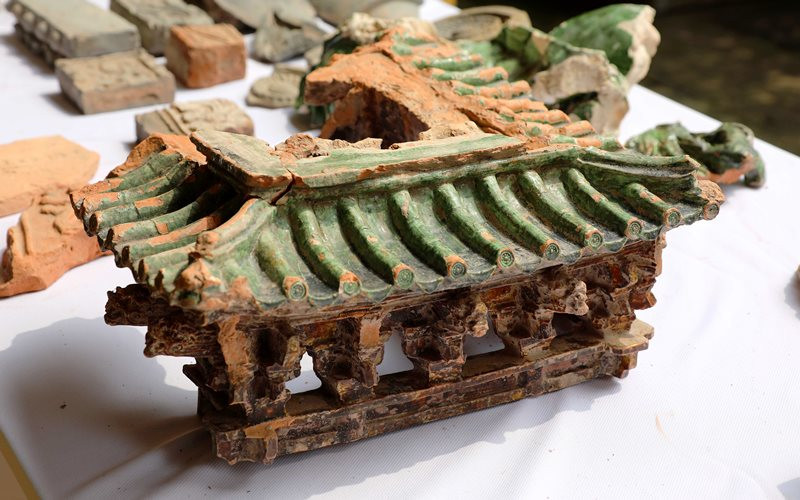
A piece of a blue-glazed tower model depicting the early Le Dynasty's fortification structure was excavated in the Kinh Thien Palace area.
In particular, in 2021, at the northeast location of Kinh Thien Palace, an additional roof layer of a blue and yellow glazed architectural model was discovered. Initial research shows that some of the above-mentioned wooden architectural structures and roofing tile components with this architectural model have quite similar points. If long-term research continues, it will be possible to gradually restore the architectural framework and roof style of the early Le Dynasty in the Kinh Thien Palace area (Thang Long).
Need to be decoded soon
It can be said that the underground archaeological discoveries at the Thang Long Imperial Citadel (Hanoi) from 2002 until now have found the remains of solid architectural works clearly shown through the traces of foundations and many unique types of roof tiles. These are the traces of the palace and attic architectural works in the Imperial Citadel and Forbidden City of the ancient Thang Long Capital. This is the largest and most important capital of Dai Viet nation, with a long history from the Ly Dynasty (1010-1225), Tran Dynasty (1225-1400) to the Le Dynasty (1428-1789).
However, since its discovery until now, nearly 20 years have passed, but the research on the Thang Long Imperial Citadel relic site still has many unsolved issues. Among them, the biggest difficulty is the problem of researching and identifying the nature, function, name and form of the palace architecture through the dynasties in history.
In fact, the history of research on ancient Vietnamese architecture has been very modest up to now, without many research achievements like Japan, China or Korea. The research achievements on ancient Vietnamese architecture that are currently known are mainly the architecture of communal houses, pagodas, temples, shrines, generally called religious and belief architecture. As for residential and palace architecture, especially palaces of the Ly, Tran, and Le dynasties, there seems to be no research work mentioned, if mentioned, it is mainly archaeological discoveries, there is no in-depth research work on palace architecture or the morphology of palace architecture.
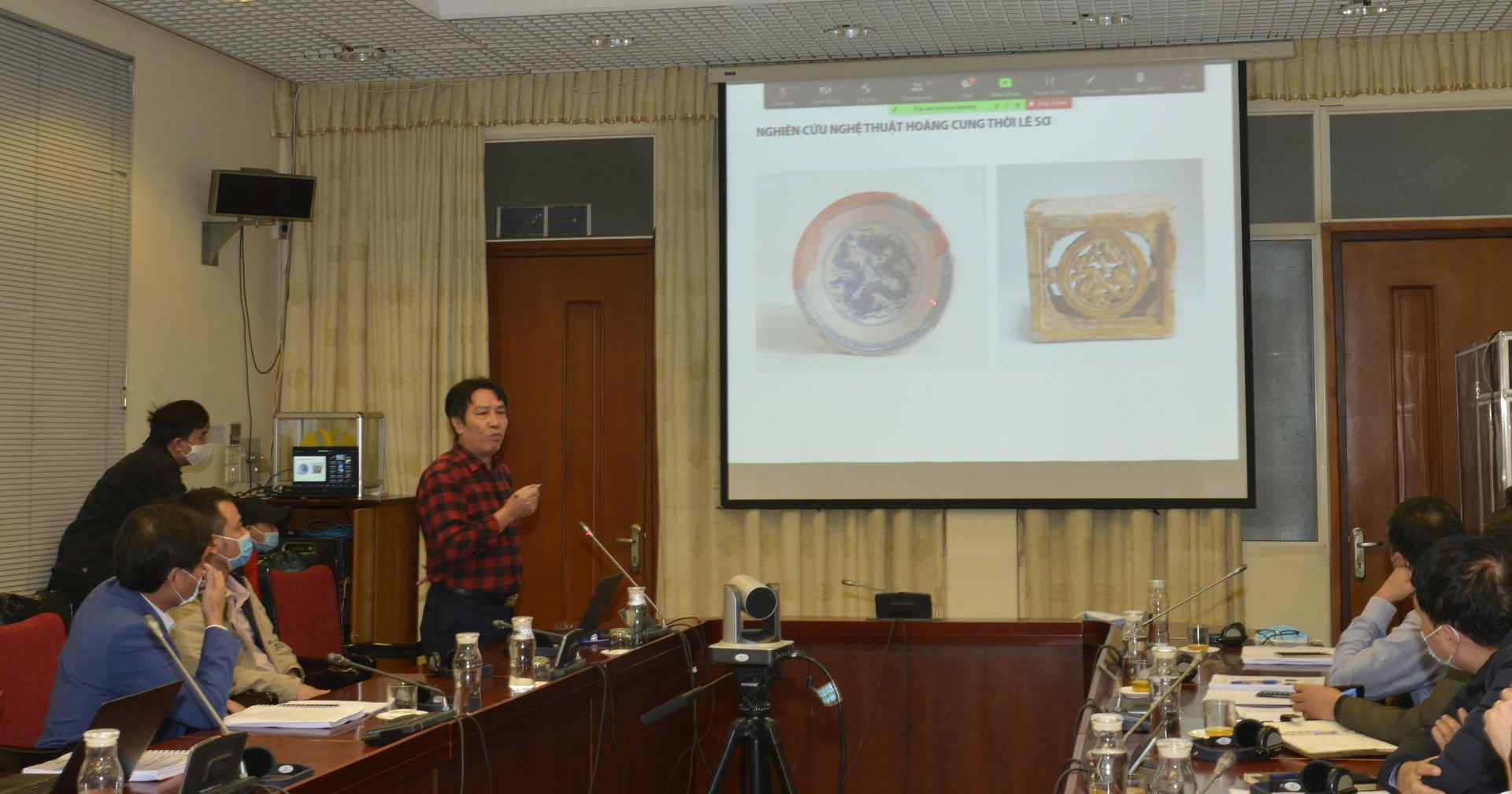
Seminar scene.
According to Associate Professor Dr. Bui Minh Tri, Director of the Imperial Citadel Research Institute, from archaeological discoveries, some researchers hope to find clues to study and restore the architectural form of Kinh Thien Palace, even if it is only an assumption. However, this research is an extremely difficult problem, with too many challenges. Because the palace architecture in Thang Long Imperial Citadel has long ceased to exist today. Although many important new discoveries have been made in the past years, archaeological discoveries have only found fragments or remnants of history, making it difficult to piece them together into a complete picture.
Mr. Tri also added that to identify the architectural form of the palaces of the early Le Dynasty in general, and Kinh Thien Palace in particular, sometimes falls into a state of utopia. The biggest difficulty in researching Kinh Thien Palace at present is the limited documentation on the appearance, scale and form of the foundation, that is, the lower part of this construction, because archaeologists have not excavated the Kinh Thien Palace foundation area.
“The next issue, which is also the key and most important issue, is the need for in-depth and professional research investments on the types of construction materials used in the palace architecture of the Early Le Dynasty based on archaeological discoveries to gradually decode the properties, functions, and names of the types of wooden structures and roof tiles of the constructions,” said Mr. Tri.
Source: https://daidoanket.vn/giai-ma-hinh-thai-kien-truc-cung-dien-thoi-le-so-10209415.html


![[Photo] Chairman of the Hungarian Parliament visits President Ho Chi Minh's Mausoleum](https://vphoto.vietnam.vn/thumb/1200x675/vietnam/resource/IMAGE/2025/10/20/1760941009023_ndo_br_hungary-jpg.webp)
![[Photo] Solemn opening of the 10th Session, 15th National Assembly](https://vphoto.vietnam.vn/thumb/1200x675/vietnam/resource/IMAGE/2025/10/20/1760937111622_ndo_br_1-202-jpg.webp)
![[Photo] National Assembly Chairman Tran Thanh Man holds talks with Hungarian National Assembly Chairman Kover Laszlo](https://vphoto.vietnam.vn/thumb/1200x675/vietnam/resource/IMAGE/2025/10/20/1760952711347_ndo_br_bnd-1603-jpg.webp)

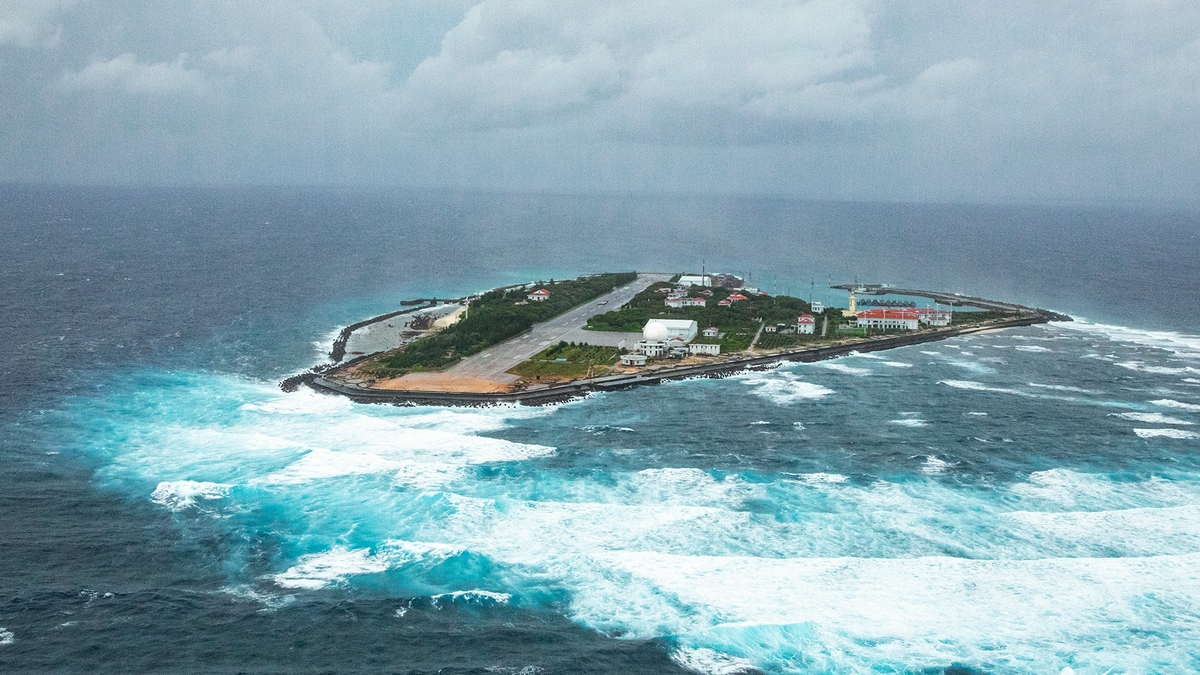
![[Photo] Prime Minister Pham Minh Chinh meets with Speaker of the Hungarian National Assembly Kover Laszlo](https://vphoto.vietnam.vn/thumb/1200x675/vietnam/resource/IMAGE/2025/10/20/1760970413415_dsc-8111-jpg.webp)
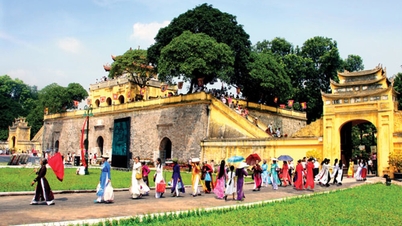

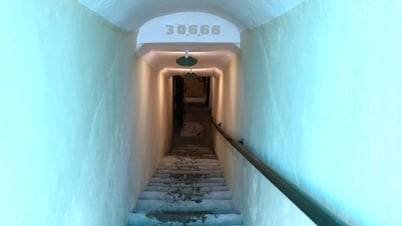



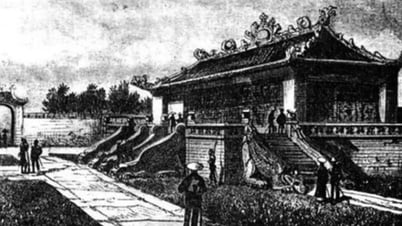

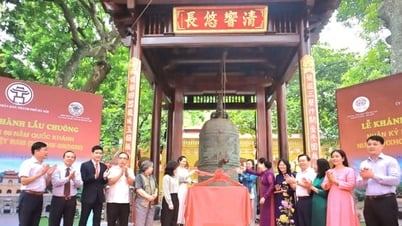


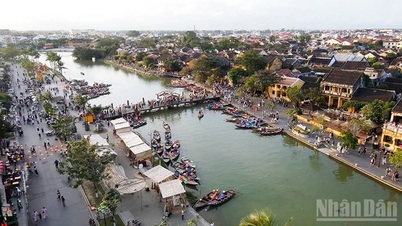

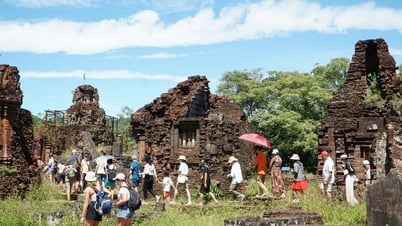

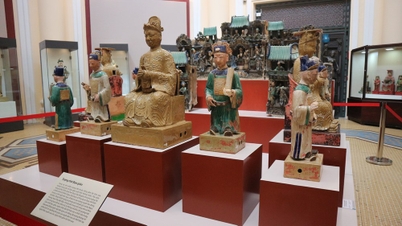
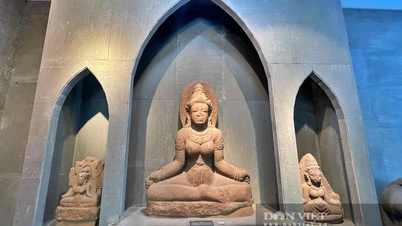

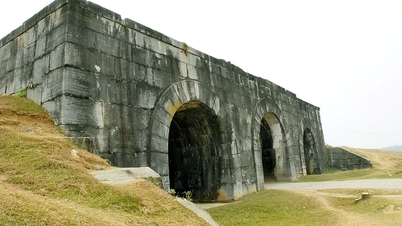
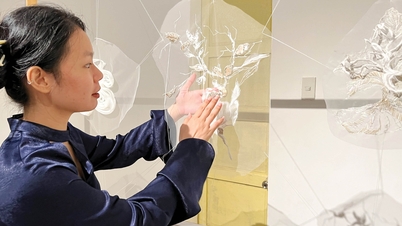





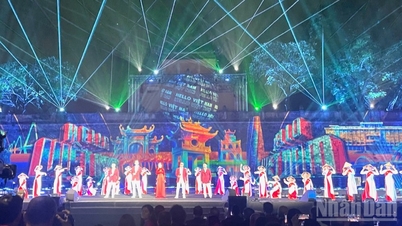
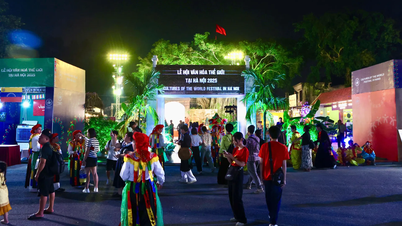


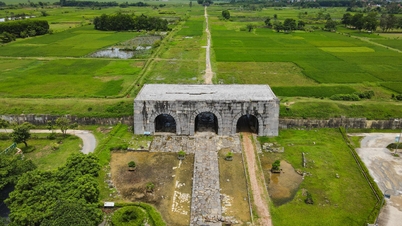

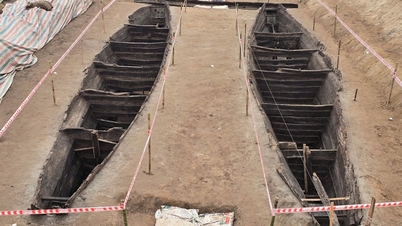
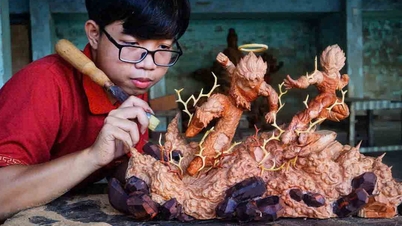
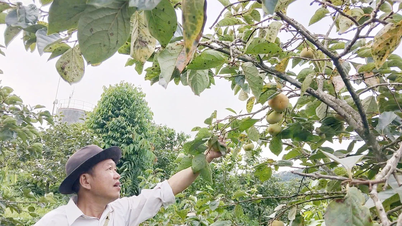





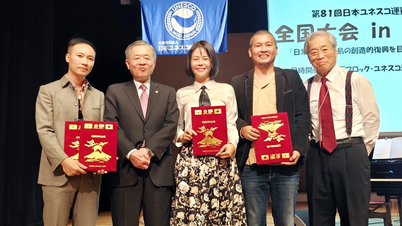






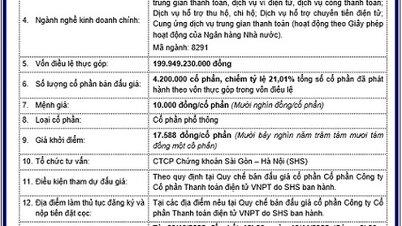
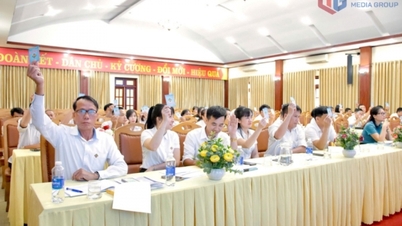



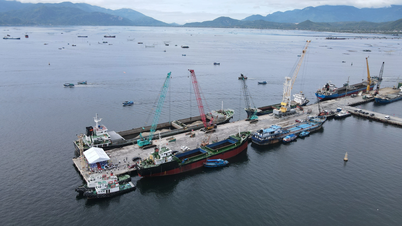




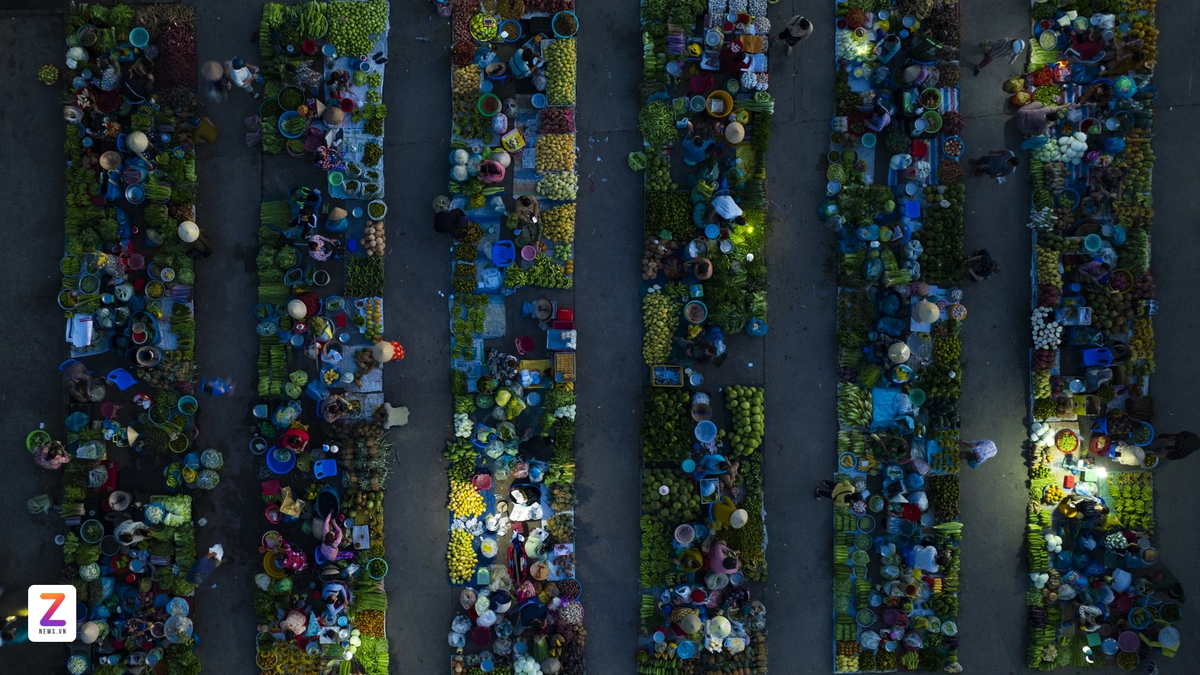










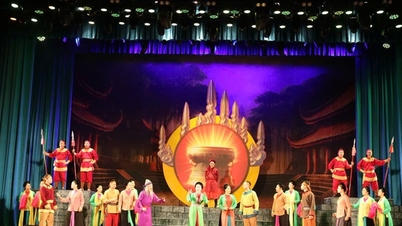


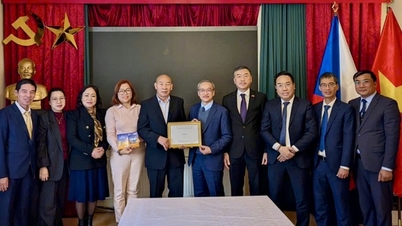
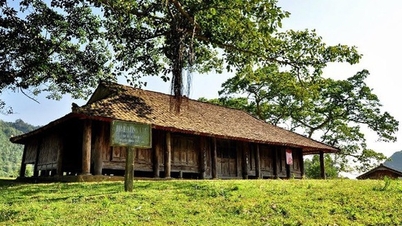

















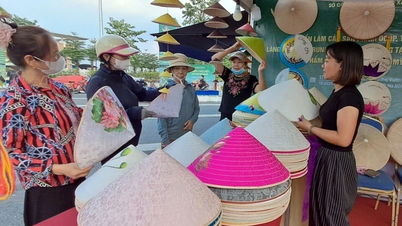
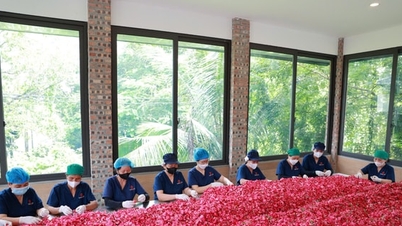






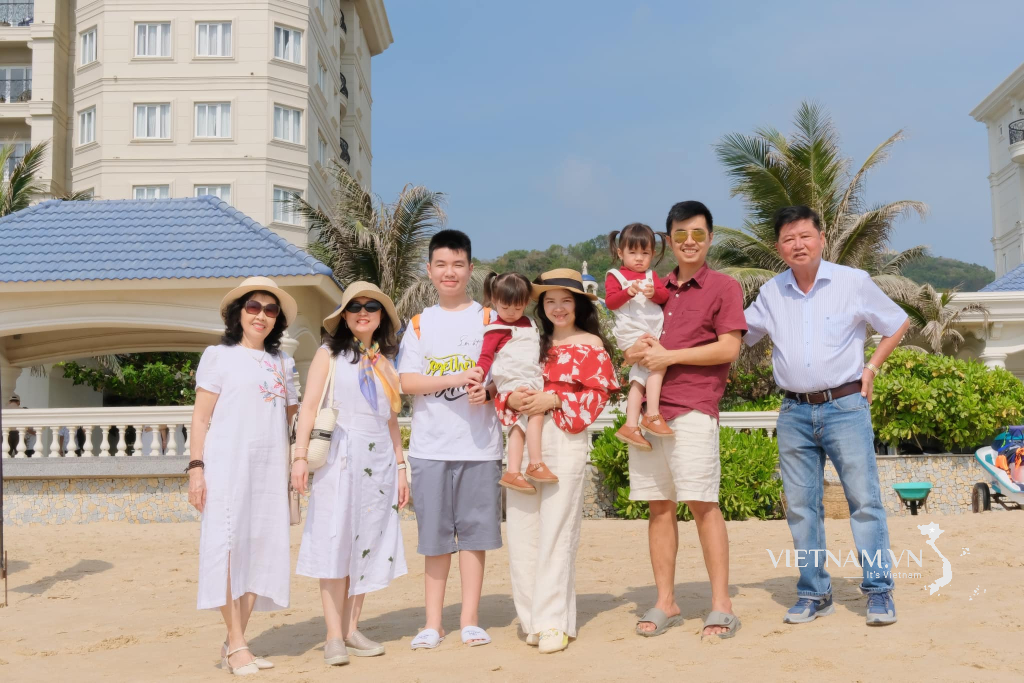


Comment (0)